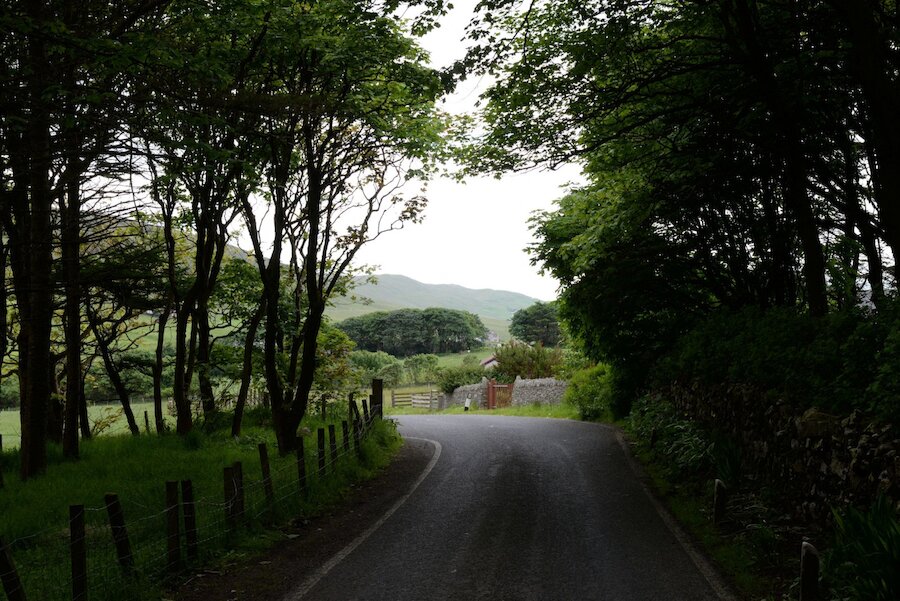Shetland is often described as being "treeless" but, as we realise at this time of year, that description is gradually becoming less accurate.
There was certainly a time when Shetland was almost devoid of trees. Old photographs from the early 1900s show a strikingly stark, bare landscape, even in and around settlements.
Whilst it's true that large tracts of the islands lack tree cover to this day, there's no doubt that things are changing. In part, this is because of a concerted effort by public bodies to plant more trees over recent decades. Since the mid-1980s, the Shetland Amenity Trust has operated a woodlands unit which has carried out extensive planting, backed by research into the most appropriate species. Council and Housing Association estates have also benefitted from the introduction of many trees and shrubs.
However, crofters, farmers and private householders have also played a major part. There are numerous shelter belts around the islands and many gardens have a good selection of trees and shrubs. At Tresta, in the west mainland, a remarkable botanic garden has been created by Rosa Steppanova and there are other, smaller community gardens around the islands.
The largest area of tree cover is in Weisdale, about twenty minutes" drive to the north-west of Lerwick, where a landowner established substantial plantations in the early 20th century. In the 1950s, these were supplemented by an experimental Forestry Commission plot which now boasts Sitka spruce trees more than 20m in height. Further extensions to these plantations have been undertaken over recent years.
Weisdale, a sheltered valley that's about as far from the open sea as it's possible to be in Shetland, is certainly a favourable location for tree growth, but even in much more exposed coastal areas it's possible to find thriving examples of species such as willow and whitebeam. One garden in Burra Isle – where wind-driven salt spray is especially common in winter – even boasts horse chestnut and copper beech.
Archaeological investigations have revealed that Shetland once enjoyed extensive tree and shrub cover, with species such as willow, downy birch, hazel and alder appearing in the pollen record. The real reasons for the lack of trees are to do with clearance for firewood and the presence of sheep, which have prevented natural regeneration. Where sheep are excluded, trees grow with little or no shelter.
Judging by the number of trees sold by local garden centres, not to mention the continuing work of the Shetland Amenity Trust, the Shetland landscape will continue to evolve; around settlements especially, we can expect it to change as much over the next generation as it has in the last one.

